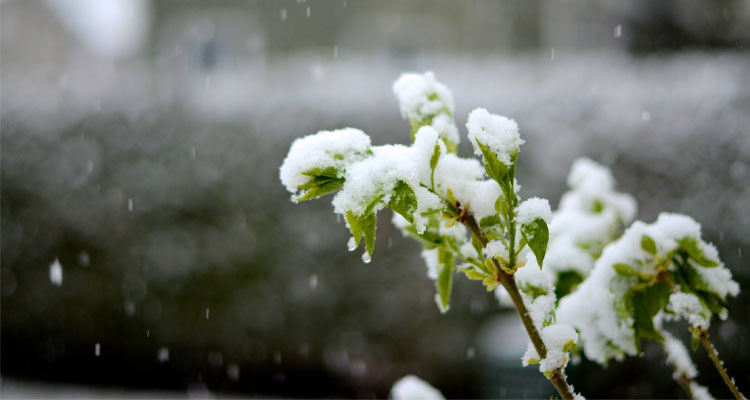Plants have to experience every condition of nature. But protecting them is our means of responsibility. Every plant is required of Sun water and Shadow as per its capability to take up the conditions. That is how every type of plant has its way of nature to survive.
You might have heard that mangoes are not grown in winter. Some of the crops are season-wise grown. That is according to the nature of living. Lack of water may result in wilting and death in plants, sometimes. Excess nutrients may also contribute to negative plant health. So, too, can weather conditions cause damage to plants. Cold freezes the cells in the plant causing damage and interrupting the pathways for nutrients and water to flow in the branches and its cells as well.
Especially the twinkling and small branches which can be damaged, dropping the temperature.
We, humans, welcome the winter season with open arms and wear a triple layer of clothes to protect us from getting frozen.
But you know how plants share their feelings in the winter season. Plants much prefer sprinkling, and the rainy spring season suits them well and blossom more in that natural climate.
That means plants hate winters.
The main reason that plants are damaged in cold weather is down to freezing.
A light frost may not usually cause much damage (unless the plant is extremely tender).
Yet, heavy and hard frosts can affect it since they damage the actual tissue of the plant. The central problems occur when it results in water inside the plant’s cells freezing, which affects dehydration and further structural damage to the walls of the cells.


It, science says that this damage is further compounded when temperature increases and the plant defrosts far too quickly due to broken cell walls. Harsh defrosting can, and will, cause the leaves and stems of a plant to die.
Even the trees suffer the same primarily; the barks and young trees face more of these problems as they are growing cells and not much matured. The problem with this is that it’s hard to identify any damage until spring comes around and cracks become visible. That happens due to sudden changes in the temperature of the climate. And when it is kept exposed to sunlight, it gets fixed up automatically.
The good and bad for plants.


There are situations when it is good and sometimes bad regarding frozen plants. The bad news is that severe cases of frost damage are usually beyond repair and the plant has already died. However, the good thesis is that when it’s caught early enough or the extent of the frost damage is relatively minor, these plants can be saved and nursed back to full health.
How can we save the plants from getting damaged in the Winter season?
Stems and leaves are damaged, when you have the option to prune them away, but this isn’t in any way decent. If another cold period is likely, it will be best to leave this dead foliage in place. It will act as a layer of protection or barrier to any further frost. In some trials, however, it can be better to prune immediately, especially on plants that have soft stems as these are likely to rot if left unattended.


When pruning during the winter season plant back during the winter months; keep a check on to move them to a more sheltered location or even indoors if you have the ability. This will safeguard against any more drastic frosts and give them the chance of survival until good weather appears.
However, if they are extinct, cutting them completely is the only option for the overall health of the plant. Water plants when needed and apply fertilizer if required as this will be beneficial in the recovery of damaged plants.
Prevention from frozen and cold
- The second layer will keep most of the cold out; however, when it heats up the next day, remember to remove them.
- Give your plants extra protein when the weather changes.
- Potted plants can also be protected by simply moving them indoors, or at least to a sheltered area that takes them out of direct sunlight and cold winds.


Following these steps over winter will ensure your plants have the best chance of surviving with minimal or no damage at all!
Also Read- Are We Doing The Right Watering To Plants?









Leave feedback about this